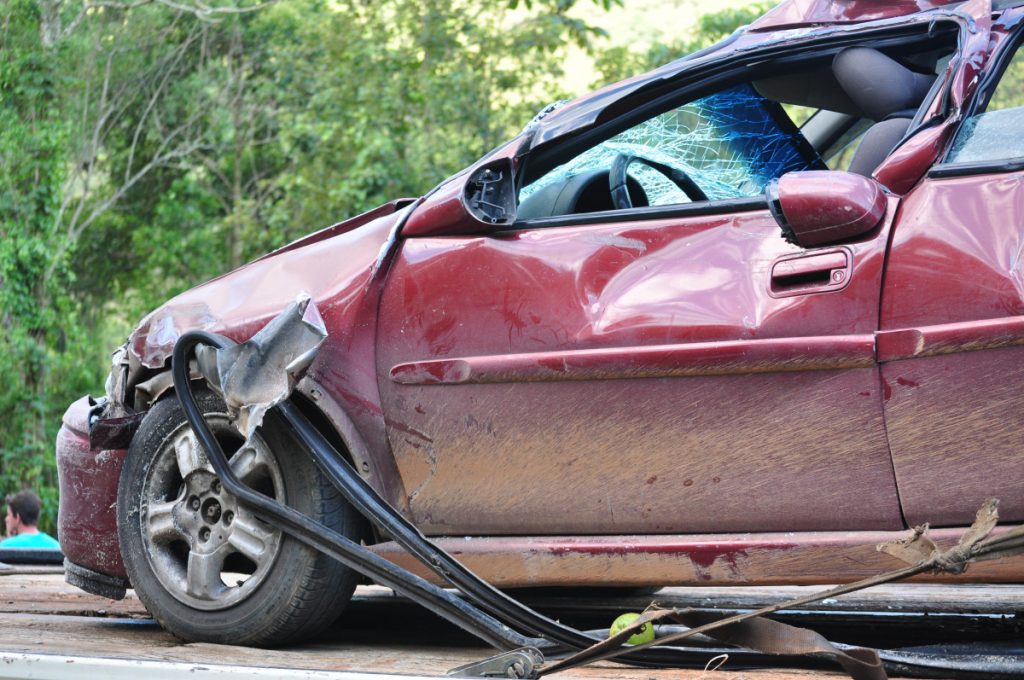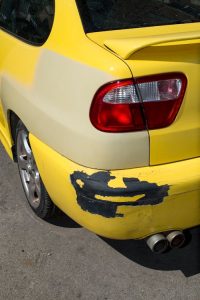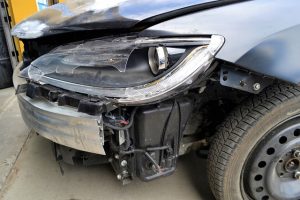Collision damage can be a major headache for any car owner. Whether it’s a minor fender bender or a more severe crash, getting your vehicle back to its pre-accident condition requires expert care. This guide provides actionable advice on various collision repair services, including fiberglass bodywork, vehicle painting, paintless dent repair, and bumper repair. Learn how to navigate these processes and ensure your car looks as good as new.
Assess the Damage
The first step in collision repair is to assess the extent of the damage. Look for visible issues like dents, scratches, and broken parts, but also be aware that some damage might not be immediately apparent. It’s crucial to have a professional inspect your vehicle to identify all the necessary repairs. They can provide a detailed estimate and explain the repair process.
Fiberglass Bodywork
Fiberglass bodywork is common in modern vehicles due to its lightweight and durable properties. When damaged, fiberglass requires specialized repair techniques. Professionals will start by cleaning and sanding the damaged area to remove any loose fibers. They then apply a fiberglass repair kit, which includes resin and a hardener, to rebuild the damaged section. After the resin cures, the area is sanded smooth and prepped for painting. It’s important to use a professional for fiberglass repairs to ensure the integrity and safety of the repair.
Vehicle Painting
Vehicle painting is a crucial part of the collision repair process. A quality paint job not only restores your car’s appearance but also protects the bodywork from rust and other environmental damage. The process begins with surface preparation, which includes sanding and priming the repaired areas. Professional painters then apply multiple layers of paint, followed by a clear coat for added protection and shine. They use specialized tools and techniques to match the original color and finish of your vehicle. For the best results, always opt for professional vehicle painting services.
Paintless Dent Repair
Paintless dent repair (PDR) is a cost-effective and efficient method for removing minor dents and dings without the need for repainting. This technique is ideal for hail damage, small door dings, and minor creases. PDR involves using specialized tools to gently massage the dent from the inside out, preserving the original paintwork. Professionals skilled in PDR can often complete the repair in a matter of hours, saving you time and money compared to traditional methods. Always consult a professional to determine if PDR is suitable for your specific damage.
Bumper Repair

Bumpers are designed to absorb impact and protect your vehicle’s structure during collisions. Over time, they can suffer from scratches, dents, and cracks. Repairing a damaged bumper involves several steps, starting with the removal of the bumper from the vehicle. Professionals will clean and sand the affected area, apply filler to any cracks or holes, and then sand it smooth. Once the repair is complete, the bumper is primed, painted, and reinstalled. Depending on the severity of the damage, some bumpers may need to be replaced entirely. Professional repair ensures that your bumper can continue to provide effective protection.
Choosing the Right Repair Shop
Selecting a reputable repair shop is crucial for ensuring high-quality collision repairs. Look for shops with certified technicians and positive customer reviews. Ask about their experience with your specific make and model, and ensure they use OEM (original equipment manufacturer) parts for replacements. A professional repair shop will provide a detailed estimate and keep you informed throughout the repair process.
Benefits of Professional Repairs
While DIY repairs might seem tempting, professional collision repairs offer several advantages. Certified technicians have the expertise and tools necessary to perform precise and lasting repairs. They follow industry standards and use high-quality materials, ensuring your vehicle’s safety and appearance. Additionally, professional repairs often come with warranties, giving you peace of mind.
Aftercare and Maintenance
Once your vehicle has been repaired, proper aftercare and maintenance are essential to keep it looking and performing its best. Regularly wash and wax your car to protect the paintwork and prevent rust. Address any new scratches or dents promptly to avoid further damage. Schedule routine inspections with a professional to ensure all repairs remain in good condition.
Addressing collision damage promptly and professionally is key to maintaining your vehicle’s value and safety. By understanding the repair processes for fiberglass bodywork, vehicle painting, paintless dent repair, and bumper repair, you can make informed decisions and ensure your car receives the best care possible. Always choose a reputable repair shop and follow their aftercare advice to keep your vehicle looking great for years to come.




